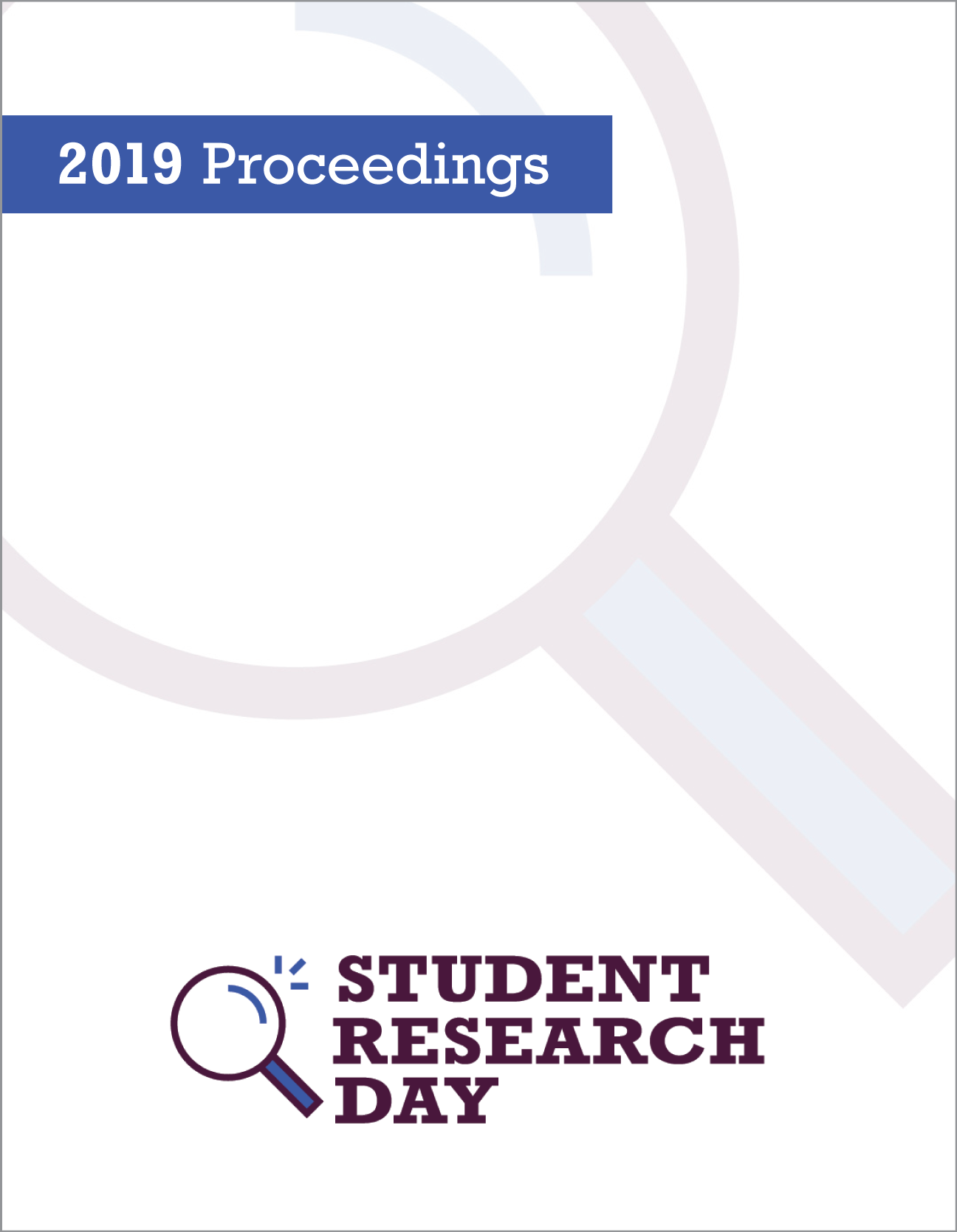Depositional record of seagrass epiphytes and their link to differing physiochemical conditions
Abstract
The Cayman Islands are small islands in the Caribbean, prone to damage from tropical storms. Barrier reefs and large sediment loads help protect human settlements from the waves these storms generate. The coastal sediment budget is mainly governed by natural processes, such as erosion, but also added to by calcareous shells and siliceous tests of marine organisms. In the Cayman Islands, much of the contributing biota are epiphytes that form a crust on the leaves of marine seagrass (Thalassia testudinum). These organisms include coralline algae and gastropods as well as microorganisms such as foraminifera. This study examines sediment samples from cores in two lagoons on Grand Cayman, North Sound and South Sound. North Sound is very large, has thick vegetation and is lined with mangroves along much of the shore. South Sound is relatively small, has only minimal mangrove contact, and is regularly swept through by strong ocean currents. Water circulation patterns are significantly different between the two sounds, with much of North Sound’s waters recirculating rather than being refreshed. In this project, sediment core samples from both sounds are analyzed and biota identified. The genera between the cores are compared to determine if the biota is different. The relative abundances of epiphyte genera are documented to determine their distribution along a 50 cm vertical sediment profile in each lagoon. The results will be analyzed to determine whether the dissimilar physiochemical conditions between the two sounds can be linked to the presence of differing biota through each sediment core.
Faculty Mentor: Hilary Corlett
Department: Earth and Planetary Sciences
Published
Issue
Section
License
Authors retain any and all existing copyright to works contributed to these proceedings.



